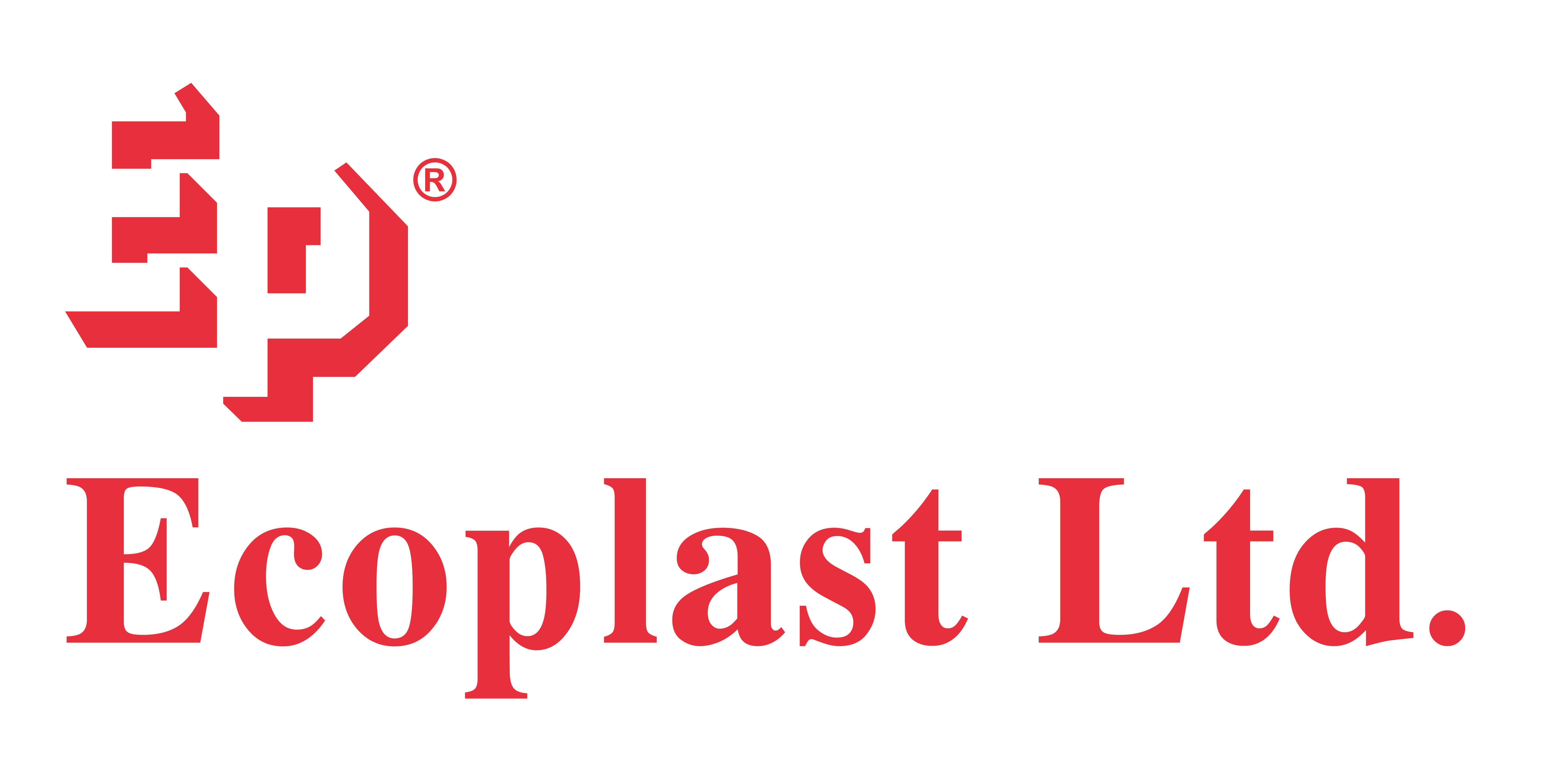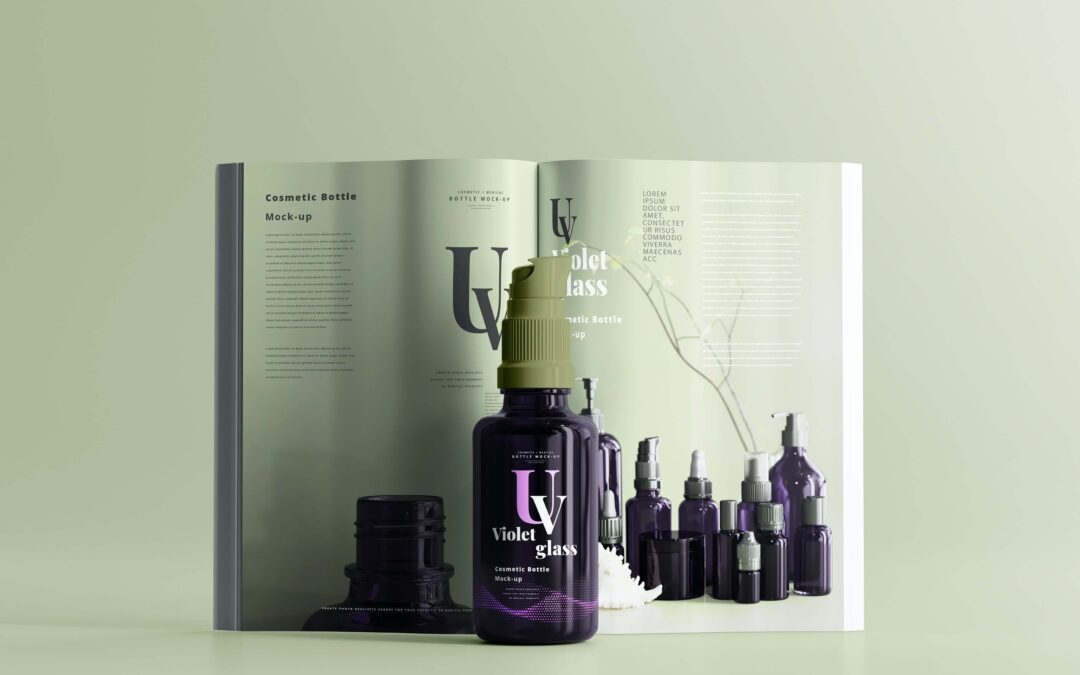Rigid Packaging vs Flexible Packaging: Which To Choose?
We are now living and breathing in a new era fueled by automation and technology, both of which are enabling industries to embrace innovation like never before. The advancements are consequently helping sectors offer more effective solutions to their consumers. The packaging industry is one of the sectors that has evolved at a rapid pace, thanks to technology.
What’s more impressive about this sector is that it is a beautiful blend of both old and new tools, trends, and techniques. However, this is also why businesses find it difficult to pick a side when it comes to Rigid packaging vs. Flexible packaging. To help make the right choice for your business and its products, let’s explore the key differences between rigid packaging vs flexible packaging.
Before diving right into the differences, let’s have a quick look at what both the categories entail – their meaning, types, and benefits.
What Is Flexible Packaging?
Flexible packaging involves any package made of materials that can yield when filled or closed. It can be easily modified in terms of shape, as and when required. The best part about flexible packaging is the impressive range of choices readily available. Each type of packaging material serves a very specific purpose when it comes to protecting or enhancing the appeal of different products and packaging. Flexible packaging is widely leveraged across industries for consumer, institutional, or industrial purposes.
Top 3 Types Of Flexible Packaging – Common Substrates
1. Low-density Polythene (LDPE):
LDPE is an incredibly flexible and lightweight plastic material. These films are known for their low-temperature flexibility, durability, corrosion resistance, chemical and impact resistance. They are quite easy to fabricate by using a high-pressure process.
2. Bi-axially-orientated Polypropylene Polymer (BOPP):
These films exhibit unquestionable durability and resistance to moisture, and excellent clarity, making them the ideal choice for retail packaging.
3. Biaxially-oriented Polyethylene Terephthalate (BOPET):
They are popular for their transparency, reflectivity, high tensile strength, chemical and dimensional stability, gas and aroma barrier properties, and electrical insulation.
3 Benefits Of Flexible Packaging
1. Eco-friendly:
Flexible packaging films are designed for reuse, thanks to zipper and seal top closures. They are easy to recycle and help keep used pouches or bags out of landfills.
2. Lightweight:
Being lightweight, the films are easy to transport and are less likely to get damaged during shipping. This allows companies to ship more with higher profit margins.
3. Customizable:
Flexible packaging can be easily molded in different shapes and sizes. Brands can create unique packaging for their products to make them look more appealing.
Examples Of Flexible Packaging
Here are some common examples of flexible packaging:
1. Personal Hygiene:
Customizable packs, pouches for toiletries, hygiene, shampoo, soaps, creams, lotions, gels, cosmetics products, beauty products, and more.
2. Food & Beverage:
Durable packaging for liquid foods, pouches for dry foods, snacks and nuts, spices, chocolates and sweets, and packaging for bakery products.
4. Medical/Surgical:
Used in the production of quality syringes, needles, catheters, gloves, surgical Instruments, operation theater products, sutures, and more.
What Is Rigid Packaging?
Rigid packaging features products made out of heavier and often stronger materials as compared to flexible packaging. The products are mostly made from glass, hard plastics, cardboard, metal, and so on. They come in varied forms – cans, hard plastic and cardboard boxes, glass containers. As durable as they are, they also come with certain limitations. The first challenge is that their shape cannot be easily altered. Hence, there is very little room for customization. Secondly, they are way heavier and can prove to be more expensive.
Types Of Rigid Packaging
1. Paper & Paperboard:
Being easy to stack, paper and cardboard packaging is used largely in the retail industry. Corrugated cardboard is known to have superior structural stability for shipping and storing. Paper packaging comes in handy when it comes to marketing, given that it is incredibly easy to print on paper-based material.
2. Glass:
Glass is used in the packaging of pharmaceuticals, cosmetics, and alcoholic beverages. Owing to its nonporous and nontoxic nature, glass has been used largely in the food and beverage industry for decades. It keeps external factors from contaminating food and beverages.
3. Aluminum:
Aluminum packages offer excellent production against light, UV rays, oils, and oxygen. The packaging comes in many forms – cans, foil, and aerosol products. Being non-toxic, it is often used to package medications. It can be used with laminates to provide thin barrier protection for food and beverages.
Benefits Of Rigid Packaging
1. Superior Strength:
Given that rigid packaging items are made from stronger materials like hard plastics, they can provide enhanced protection to the products inside, when the packaging is handled carefully.
2. Luxurious Touch:
Rigid packaging items made out of glass can add a touch of luxury to products, especially when it comes to the food and beverage, cosmetics, and healthcare industries.
3. Fragile Items:
When it comes to transporting fragile or electronic items, manufacturers usually opt for rigid packages, complemented with more protective packaging inside.
Examples Of Rigid Packaging
Here are some common applications of rigid packaging:
1. Retail:
Durable packaging for cereal boxes, glass bottles of spirits, glass jars, aluminum cans, laundry detergent bottles, and such.
2. Industrial & Electronics:
Strong packaging for electronic devices including smartphones, tablets, laptops, and similar parts.
3. Food & Beverage:
Glass containers for packaged foods such as pickle jars, jams, etc. Metal cans and containers for beverages and canned food products.
Key Differences Between Rigid Packaging & Flexible Packaging
|
Flexible Packaging |
Rigid Packaging |
|
Flexible packaging products and films are mostly made from recyclable plastic, film, foil, and paper which makes them relatively lighter than rigid packaging. |
Rigid packaging products are heavier than flexible packaging because of the stronger/ denser materials like glass, hard plastics, cardboard, metal. |
|
Flexible packaged items are more durable and their shelf life is much longer. |
Rigid packaging can provide excellent protection against heat and other barriers. |
|
Flexible packaging just can retain its characteristics and features in case of rough handling during the transport and shelving phase. |
On the contrary, rigid packaging is more prone to dents, scratches. In extreme cases, the products can break upon falling and or during rough handling. |
|
It is easy to customize flexible packaging items in any shape and finish to enhance their visual appeal for branding purposes. |
The avenues for customization are quite limited when it comes to rigid packaging. The customization can come with extra costs. |
|
Flexible packages are flat, can bend easily or be bundled together to save space. |
Rigid packages generally take up more space as they cannot be squeezed together. |
Ecoplast Ltd – Leading Flexible Packaging Manufacturers In India
We are one of India’s largest suppliers of multilayer co-extruded polyethylene and co-polymer films to the flexible packaging industry as well as a variety of other specialty applications. We hold expertise in designing and manufacturing Surface Protective Films that best protect products such as steel, aluminum panels/profiles, carpets, tiles, glass, and more.
Our services are now available in the global markets. We successfully run manufacturing and distribution operations in nine countries – India, Canada, USA, UK, Dubai, Ethiopia, Mauritius, Sri Lanka, and Malaysia, along with an active presence in all major regional markets. To know more, contact us at +91-22-2683 3452 / +91-22-2683 1403, or email us at: [email protected]


Recent Comments